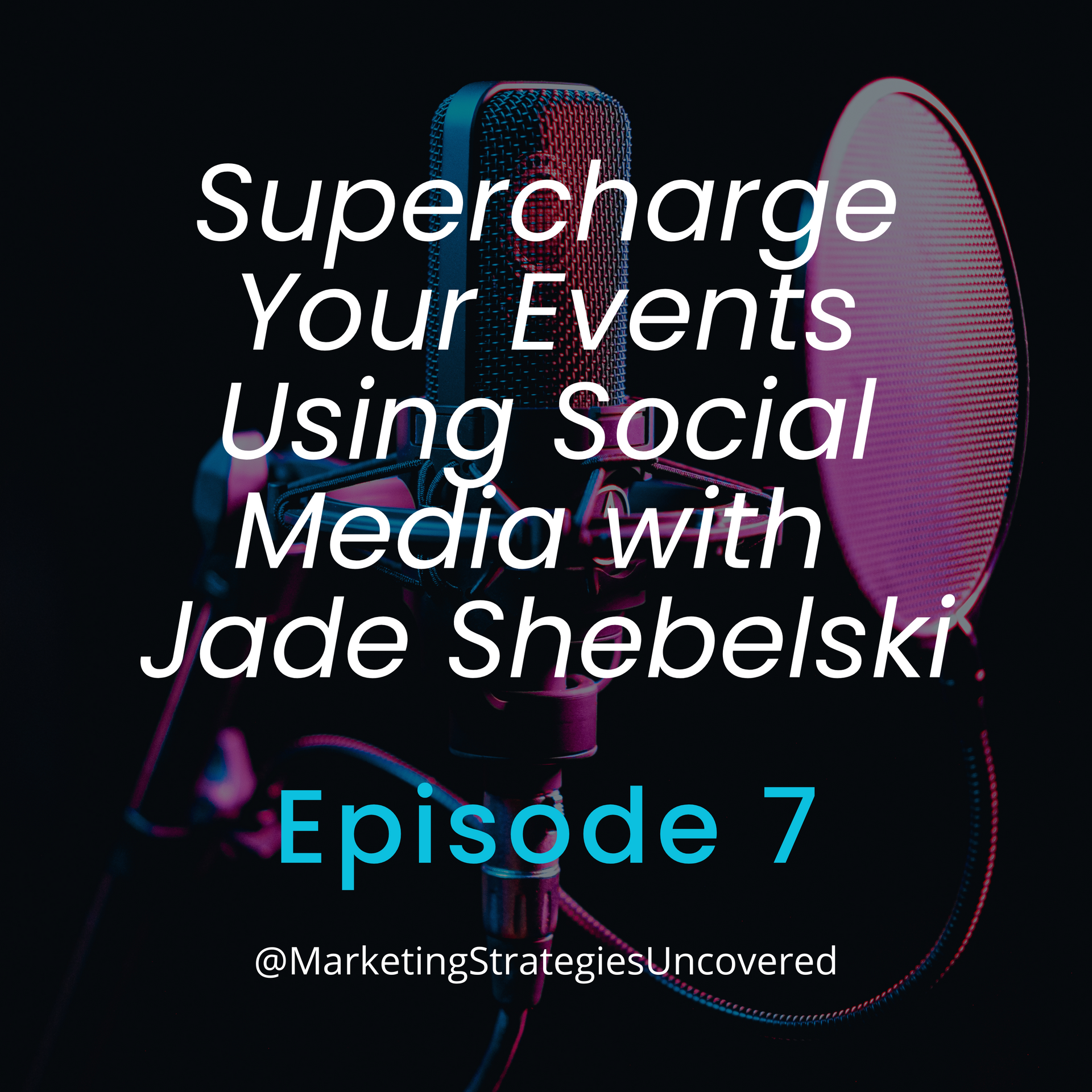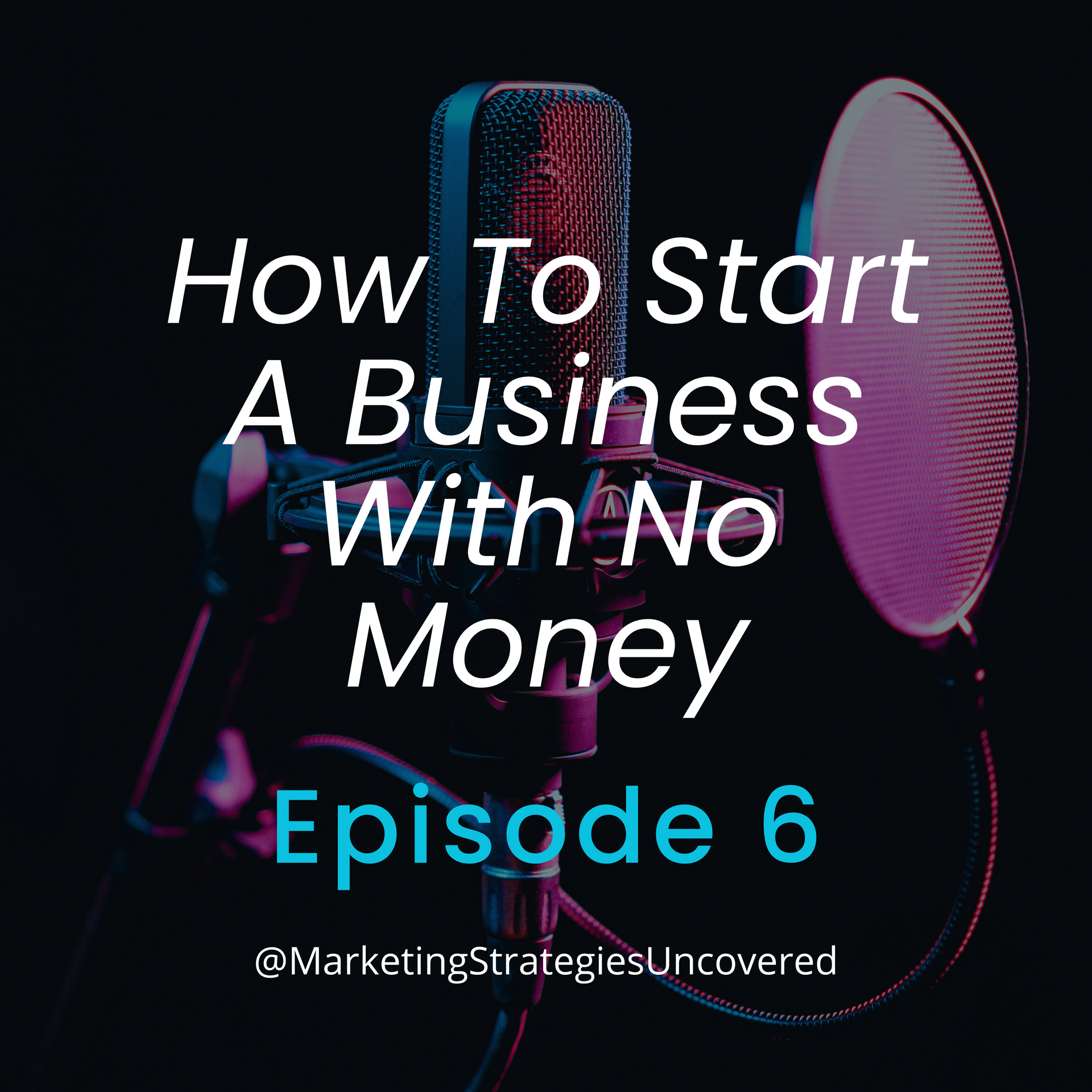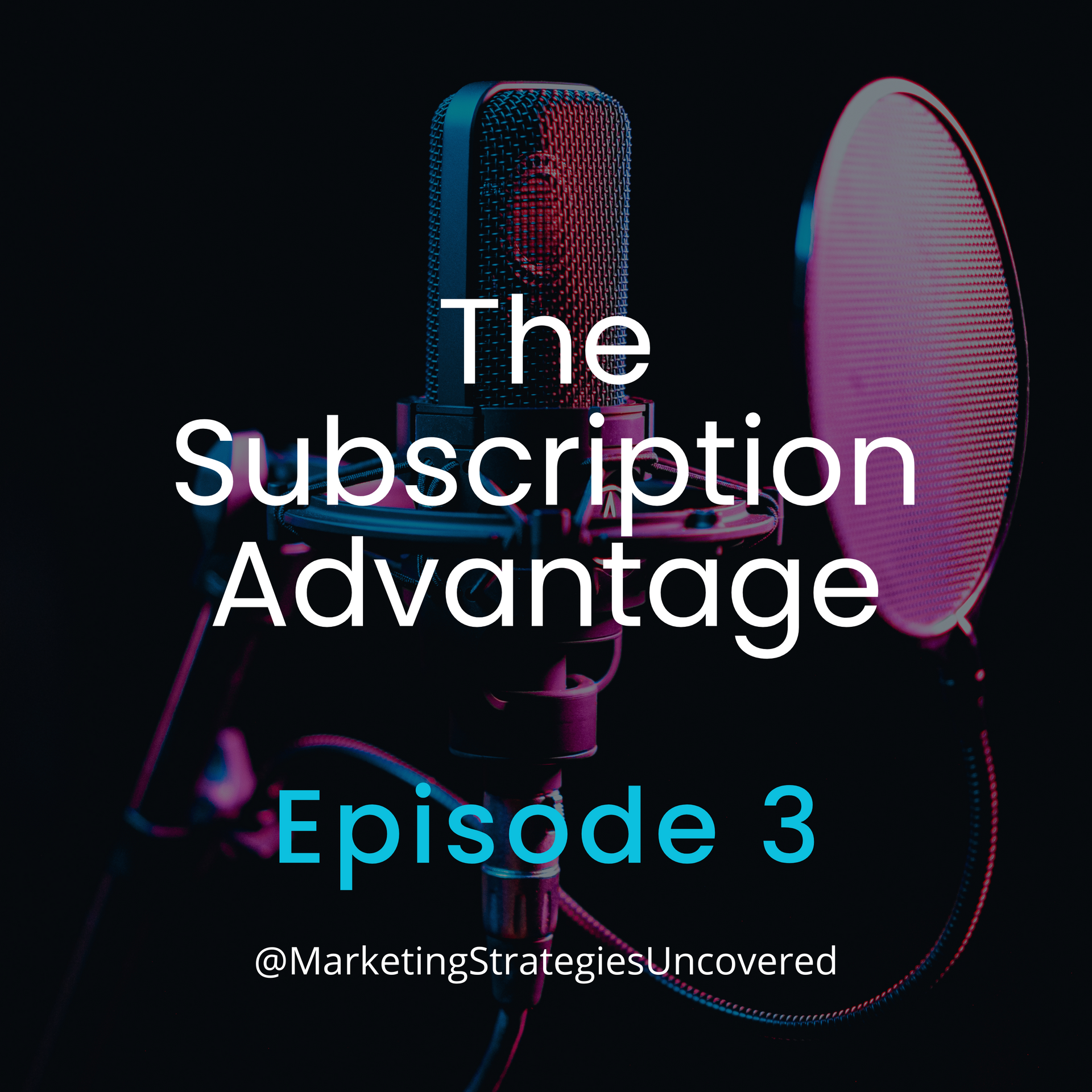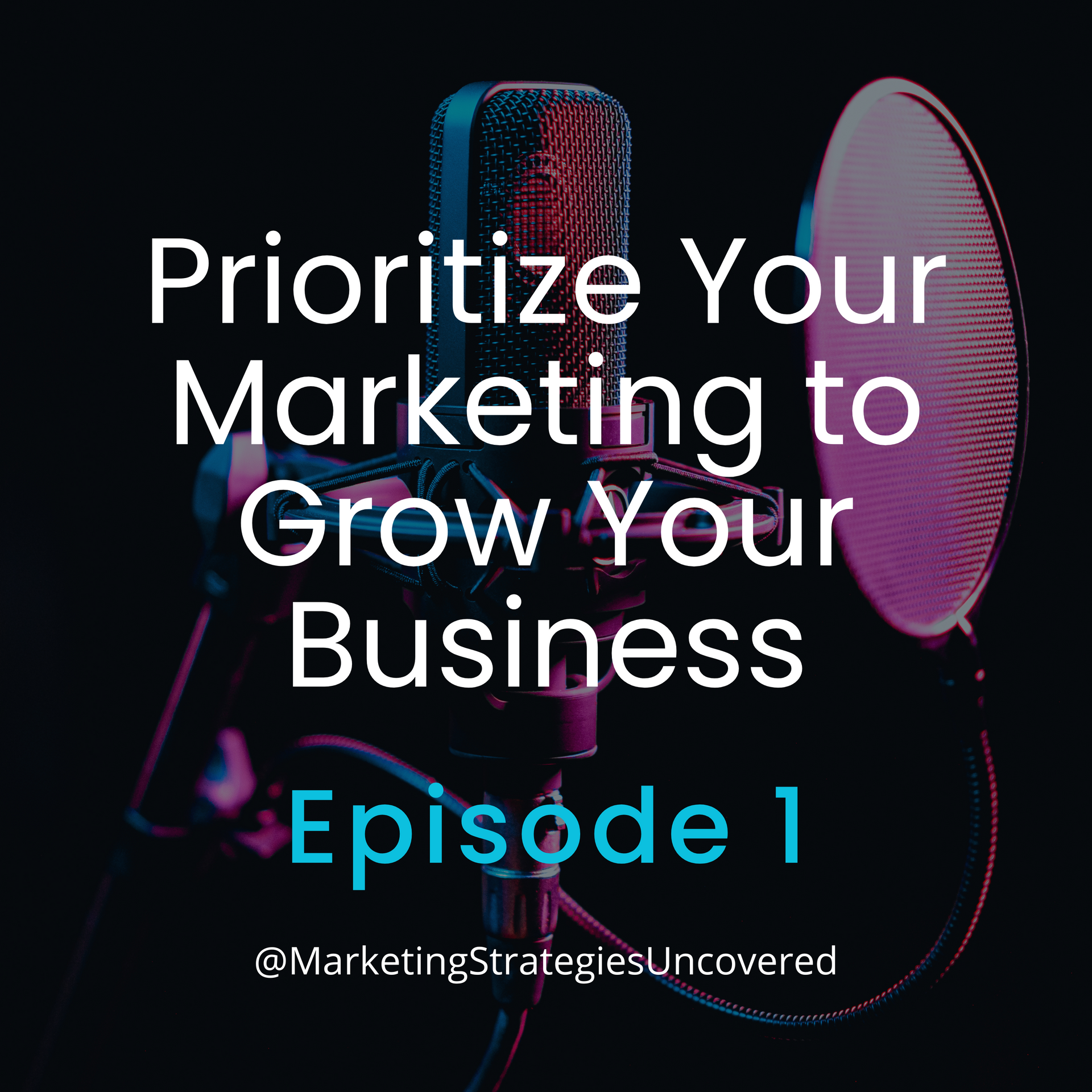Full Transcription:
Hey friends, Rebecca here, and welcome to Marketing Strategies Uncovered. Today's topic is how to do SEO on a budget. If you are just starting your business, you've probably heard you need a website and some SEO. But sometimes, that marketing budget just isn't there in the very beginning. You're working with a limited amount of money, and you might need that money for other expenses. You might not be able to use those funds completely for marketing.
SEO can range from $300 a month to $5,000 a month, so I want to give you a place to start. You can do it yourself, maybe outsource some things, and decide what works best for you and your business.
SEO is an investment, especially in the long term. Ideally, once you've done SEO, you won't have to pay for ads and will drive traffic naturally to your website. When people type in what you do and where you're located, your site will pop up, they'll click your link, visit your website, and hire you. That's the best-case scenario and what we all want.
SEO takes time and momentum. Today, we'll cover how to get started with SEO on a budget and what you should be doing.
Excitingly, I believe you can do this in about an hour a month. It doesn't need to be complicated. The main takeaway from today's episode is to be consistent with whatever SEO you're doing. If you can only commit to one new page per month, whether it's a landing page or a blog post, be consistent with that. If you want to do two pieces a month, great. One a week? Even better. Just start with something you can commit to every month and block off your schedule.
Use your Google calendar, Asana, or whatever you use to keep track of your time, and block off at least one hour dedicated to your monthly SEO.
Initially, I hoped I could do it all in 30 minutes. This is what I do for a living, but how long it takes me and how long it takes you may differ. I'm very detail-oriented, and things that take others five minutes can take me 30. Creating my first landing page took some time, but I had a trick: copying the formatting of my website to avoid recreating the wheel. The first landing page took about 30 minutes, but moving forward, it will be quicker.
This process has four steps. Step one is brainstorming what type of content to put on your website. If you want to do blog posts, write down the topics you want to cover. I spent three minutes and 14 seconds on ChatGPT finding the top keywords for my industry, such as digital marketing and SEO, and the locations I want to target.
It's never been easier to do research with ChatGPT. Some people are very familiar with it, but I was a little late to the game. Now, it's like my best friend, saving me a ton of time.
I'd also like to cover why SEO is important. Consistency is key in SEO. It's not a one-time task; you need to continually add content, backlinks, and citations to show Google your website is active. Adding value to your audience is crucial. For example, if you're looking for an electrician and their last blog post was two years ago, you might question if they're still in business.
Strengthening your website with SEO will attract more clients. A strong website will help you outrank your competition, making it more likely you'll appear at the top of Google's first page.
Step one is keyword research. Know what your content will be about, whether it's a blog post or a landing page. For me, I chose "digital marketing, The Dalles, Oregon." When someone searches that, my landing page should pop up if I do the SEO correctly.
Step two is writing your content. Use ChatGPT but ensure you optimize and personalize it. Add personal touches like a story or a unique FAQ section. Review the content ChatGPT gives you, as it isn't always 100% accurate.
Step three is putting the content on your website. Hopefully, you know how to edit your website and do on-page SEO. If you're confused, I have a free audio training linked in the description. In episode 2 of the training, I go in-depth on on-page SEO.
I added a title, subtitle, photo with alt text, and a call to action to my page. This increases the likelihood that new visitors will take action and work with me.
Step four is getting backlinks, which can be tedious but are important. There are different types of backlinks, good and bad. There are various ways to obtain them, such as contacting local bloggers or organizations. I have a subscription service for backlinks if you don't have time to do it yourself. Visit clickerstoclients.com for more details.
High-value backlinks are powerful and can boost your website's trust flow and citation flow ratios, making it more credible in Google's eyes. I recommend starting with high-quality backlinks for your homepage and then linking to other pages from there.
To recap:
- Brainstorm your content topics.
- Create your content.
- Build your webpage with on-page SEO.
- Get backlinks to strengthen your website.
With these four steps, you can significantly improve your website's search visibility within three to six months. Depending on your industry and competition, you might need to produce more content and backlinks.
I hope you found this episode helpful. SEO can be affordable and attainable for all business owners. If you can't afford a full SEO plan, know that it's possible to start small and still make progress.
Thank you for tuning in to another episode of Marketing Strategies Uncovered. If you have any questions, leave them in the comments on YouTube or send me a message on Facebook. I'll talk to you again next week.






